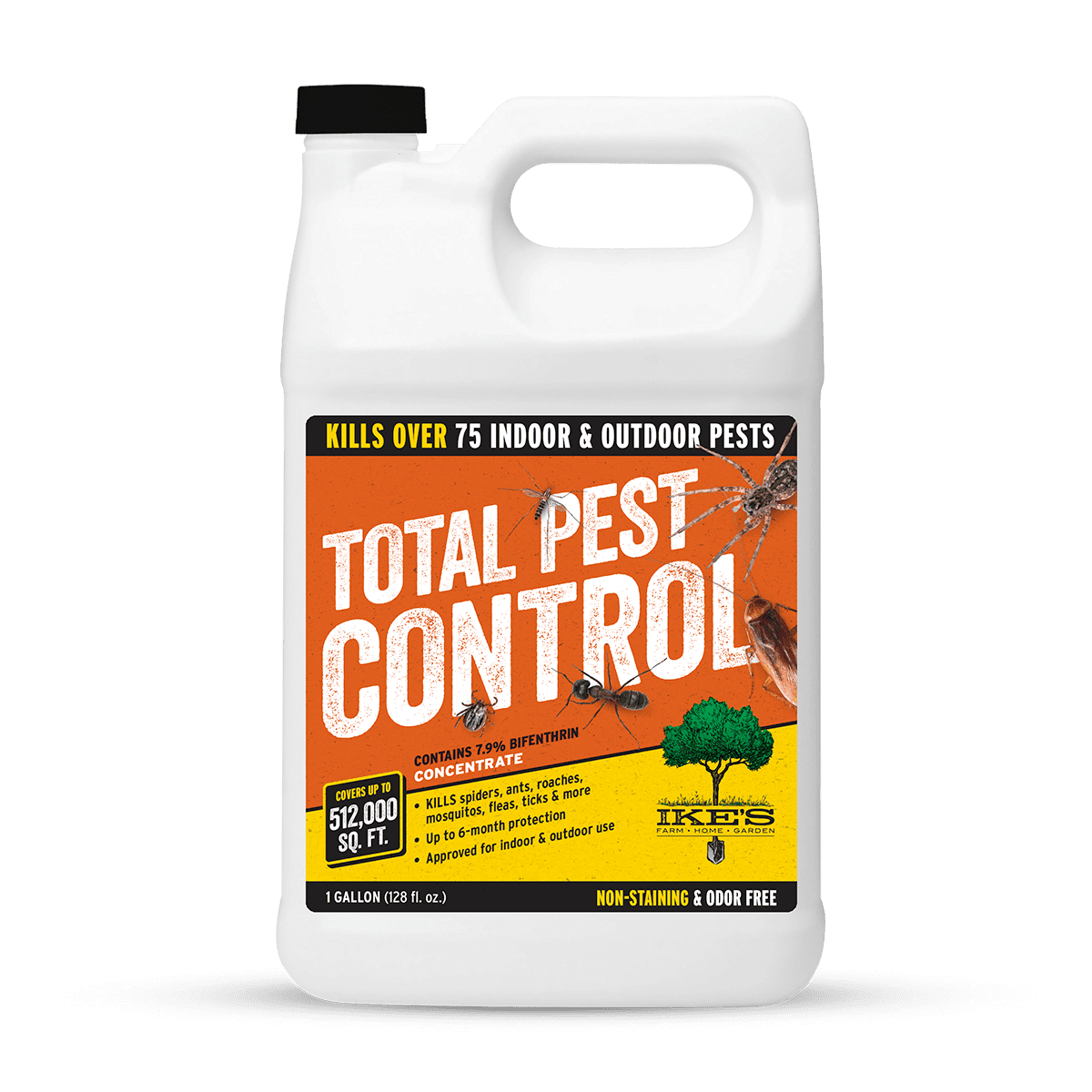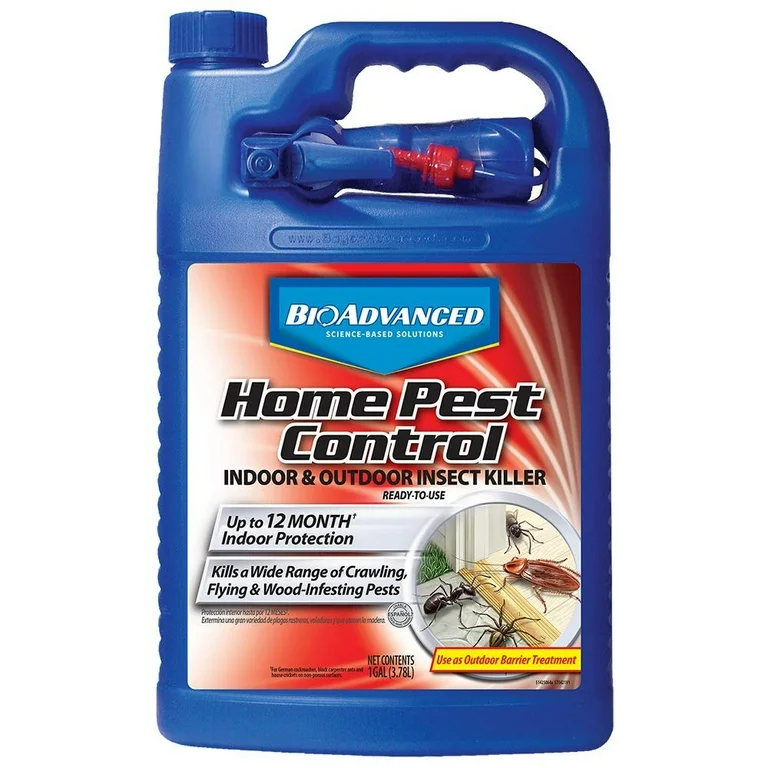Bed Pest Therapy Break Down: Contrasting Chemical Vs. Non-Chemical Solutions
In the world of pest control, especially when taking care of the relentless concern of bed pests, the option between chemical and non-chemical therapy options can be a critical one. Both techniques offer distinct benefits and downsides, affecting variables such as effectiveness, safety considerations, and overall cost. By analyzing the nuanced details of each technique, a more clear understanding of which path to pursue in resolving a bed pest problem can be achieved.
Effectiveness of Chemical Therapies
Chemical therapies for bed insect invasions have been widely recognized for their rapid and powerful efficiency in getting rid of these bugs. When thinking about the effectiveness of chemical treatments, it is important to recognize that they can supply a comprehensive and quick remedy to a bed insect issue. Professional pest control specialists commonly count on insecticides to target bed bugs at numerous phases of their life cycle, including fairies, adults, and eggs. These chemicals normally function by disrupting the bed bugs' worried system, causing paralysis and eventual death.
Furthermore, chemical therapies have the advantage of using residual impacts, suggesting that they can remain to get rid of bed bugs also after the preliminary application. This residual action is specifically valuable in combating any kind of prospective re-infestations. Additionally, the fast action of chemical treatments can bring alleviation to individuals dealing with severe bed insect problems, allowing them to gain back control of their space rapidly.
Safety Interest In Chemical Solutions
One important facet that requires cautious factor to consider when using chemical remedies for bed bug therapy is guaranteeing the safety of occupants and the atmosphere. Direct exposure to certain chemicals made use of in bed pest therapies can lead to breathing issues, skin inflammation, or other negative reactions, particularly in people with pre-existing conditions or level of sensitivities.
Moreover, the ecological influence of chemical remedies is one more significant factor to consider. Some pesticides made use of in bed bug therapies may be unsafe to useful bugs, wild animals, and communities if they seep into the soil or water supply. It is vital to make use of chemical therapies deliberately, complying with safety guidelines, and considering less toxic alternatives to alleviate these dangers and ensure the effective and risk-free monitoring of bed insect infestations.
Advantages of Non-Chemical Strategies
Taking into consideration the possible safety and security worries and environmental impact related to chemical remedies for bed pest therapy, checking out non-chemical strategies provides an encouraging option with numerous distinctive benefits. Non-chemical methods offer a much safer option for homes, especially those with people, pet dogs, or children conscious extreme chemicals. These methods get rid of the risks of exposure to hazardous substances, minimizing the possibility for unfavorable health and wellness results. Additionally, non-chemical therapies are ecologically pleasant, as they do not contribute to air or water contamination, making them a lasting option for bug control.
Furthermore, non-chemical solutions can be efficient in targeting bed pests, consisting of hard-to-reach areas where chemical treatments may not penetrate. Approaches such as warm therapy, vacuuming, steam cleaning, and mattress encasements give detailed obliteration without using dangerous chemicals. Furthermore, non-chemical approaches can be less turbulent, needing very little prep work and enabling quicker reentry into treated locations. In general, choosing non-chemical bed bug treatment approaches not only prioritizes safety and security and ecological protection but likewise makes certain detailed and reliable parasite control.
Limitations of Non-Chemical Treatments

In addition, non-chemical treatments commonly call for multiple applications to accomplish successful obliteration. This can be taxing and might not always guarantee total removal of all bed bugs and their eggs, particularly in hard-to-reach or concealed places.
In addition, the success of non-chemical treatments greatly depends on proper application and thoroughness, which can be challenging for individuals without specialist competence. Inadequate application of non-chemical methods may cause insufficient removal, leading to consistent invasions and the demand for added therapies.
As a result, while non-chemical therapies have their advantages, it is necessary to recognize these restrictions and protection termite consider them when determining the most effective method for handling bed pest invasions.
Price Contrast: Chemical Vs. Non-Chemical Options
Given the constraints connected with non-chemical therapies, an essential aspect to assess in the context of bed pest management is the price comparison between chemical and non-chemical choices. In contrast, non-chemical treatments like warmth therapy or steam can be extra pricey, with prices varying from $1,000 to $6,000 for an entire home. While the first expense of chemical therapies might appear lower, several treatments may be needed to fully get rid of the problem, possibly enhancing the total cost.
Conclusion

Taking into consideration the prospective safety and security worries and ecological influence linked with chemical solutions for bed pest treatment, checking out non-chemical techniques presents a promising option with a number of distinctive advantages.Given the integrated pest management restrictions linked with non-chemical therapies, a vital element to assess in the context of bed insect monitoring is the cost contrast in between chemical and non-chemical options. like it In contrast, non-chemical treatments like warm therapy or heavy steam can be a lot more pricey, with expenses varying from $1,000 to $6,000 for an entire home. While the first cost of chemical therapies may seem reduced, multiple therapies might be needed to completely eliminate the problem, possibly enhancing the general expense.In final thought, when comparing chemical and non-chemical bed pest treatment alternatives, it is vital to think about performance, safety, benefits, restrictions, and expense.
Comments on “Specialist A1 Charlotte Bed Bug Exterminator - Top Quality Solution Assured”